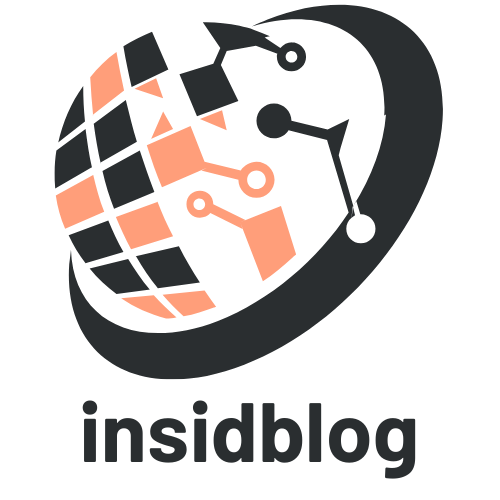In a world where technology meets bureaucracy, govtech services are the unsung heroes of modern governance. Imagine a realm where paperwork vanishes faster than a magician’s rabbit and public services run smoother than a well-oiled machine. That’s the magic of govtech—transforming how governments operate and interact with citizens.
Table of Contents
ToggleOverview of Govtech Services
Govtech services represent a significant evolution in how governments operate. These services utilize technology to address administrative challenges and enhance public sector efficiency. Through automated processes, they reduce paperwork and streamline communication between citizens and government entities.
Modern solutions include cloud-based platforms that facilitate data storage and management. Increased accessibility to information promotes transparency and encourages civic engagement. Tools for digital identity verification ensure secure interactions, safeguarding citizens’ personal information.
Data analytics plays a critical role in improving decision-making. Analyzing trends helps governments respond effectively to societal needs. Mobile applications provide citizens with instant access to services, fostering a more user-friendly experience.
Collaboration between private tech firms and public institutions drives innovation in govtech. Startups develop specialized software tailored to specific governmental needs, while established companies offer robust infrastructure solutions. These partnerships enable rapid implementation of cutting-edge technology in public services.
Globally, various countries adopt govtech initiatives to enhance their administrative systems. For instance, Singapore’s digital government promotes a seamless experience for its citizens. Estonia showcases success in e-governance, with comprehensive digital services that include online voting and digital residency applications.
Finally, the ongoing development of govtech services emphasizes the importance of cybersecurity. Protecting sensitive information ensures trust between governments and their citizens. As these services evolve, they pave the way for a more efficient, transparent, and responsive governance landscape.
Key Components of Govtech Services

Govtech services rely on several key components that enhance public administration functions. These elements include digital infrastructure and data management.
Digital Infrastructure
Digital infrastructure forms the backbone of govtech services. Cloud-based platforms streamline data access and storage, promoting collaboration among agencies. Many governments benefit from integrated systems that facilitate improved communication and information sharing. Public-facing applications enable citizens to engage with services effortlessly. Security features built into these infrastructures protect sensitive information and maintain citizen trust. Enhanced connectivity also empowers remote access, making it easier for government officials to manage operations from any location.
Data Management
Data management underpins effective decision-making in govtech. Accurate data collection and analysis drive insights that inform policy and service improvements. Modern analytics tools allow governments to visualize trends, making it easier to identify societal needs. Data governance frameworks ensure compliance with regulations, fostering accountability in public sector operations. Streamlined data processes enhance collaboration between government entities, driving innovation and enhancing service delivery. Ultimately, a well-managed data environment supports transparency and strengthens relationships with citizens.
Benefits of Govtech Services
Govtech services deliver numerous advantages, significantly improving governance through technology.
Improved Efficiency
Efficiency increases when government processes automate routine tasks. Time-consuming paperwork disappears, allowing public officials to focus on critical issues. Streamlined communication between agencies leads to quicker decision-making. Cloud platforms enhance data management, ensuring seamless access to vital information. Real-time updates minimize delays, making services more responsive. Enhanced connectivity supports remote operations, allowing officials to manage tasks effectively from anywhere. Overall, these technological advancements create an agile administrative environment that boosts productivity across public sectors.
Enhanced Citizen Engagement
Citizen engagement improves through the adoption of digital tools. Governments provide mobile applications that allow instant access to services, making interactions user-friendly. Platforms offer opportunities for citizens to voice their opinions and provide feedback directly. Enhanced transparency fosters trust as citizens view real-time updates on government actions and decisions. Digital identity verification secures interactions, giving individuals confidence in online transactions. Overall, these enhanced communication channels create a more inclusive governance experience, enabling stronger relationships between governments and their citizens.
Challenges in Implementing Govtech Services
Implementing govtech services presents various challenges that require careful navigation and strategic solutions.
Technology Adoption
Adopting new technologies often meets resistance from within governmental organizations. Change management plays an important role as officials adjust to innovative systems. Training staff ensures competence in using these technologies, which enhances overall service delivery. Infrastructure requirements also demand attention, as outdated systems can hinder the integration of modern solutions. User experience remains a priority; effective design considers the accessibility of digital tools for all citizens. Moreover, continuous updates and maintenance promote long-term sustainability in the tech landscape.
Funding and Budget Constraints
Securing funding for govtech initiatives poses significant challenges. Limited government budgets often restrict the ability to invest in advanced technologies. Decision-makers face difficult choices when prioritizing allocations among competing needs. Public-private partnerships emerge as potential solutions, leveraging private sector resources to supplement government funding. Additionally, transparent financial planning fosters trust and accountability in how funds are utilized. Stakeholder collaboration encourages innovative funding models, promoting the development and sustainability of govtech services.
Govtech services are reshaping the landscape of public administration. By leveraging technology to streamline processes and enhance citizen engagement, they create a more efficient and transparent governance model. As governments embrace these innovations, challenges such as resistance to change and funding limitations must be addressed.
The collaboration between public institutions and private tech firms will be crucial in overcoming these hurdles. As the adoption of govtech services continues to grow, the potential for improved service delivery and strengthened relationships between citizens and their governments becomes increasingly promising. Embracing this digital transformation will ultimately lead to a more responsive and accountable public sector.



